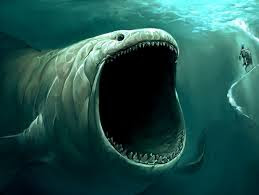Watch out to the Biggest and
5)The USS Stein Monster
The third USS Stein (DE-1065)
USS Stein was named after Tons
Stein was laid down on 1 June
Stein was decommissioned on
4)The Bloop
In 1997, the Bloop was heard
However, the NOAA is pretty
3)Mystery Monsters eats 9
A huge 9-foot-long great
Researchers had tagged the
Data captured on the device
The researchers believe the
The only theory they have so
2)The Megalania
The name Megalania prisca was
Owen introduced the genus Mega
The genus Megalania is
1)Giant Snake
On the episode of Arthur C.
Van Lierde describes the
Van Lierde claims that as he
Video Here:





No comments:
Post a Comment